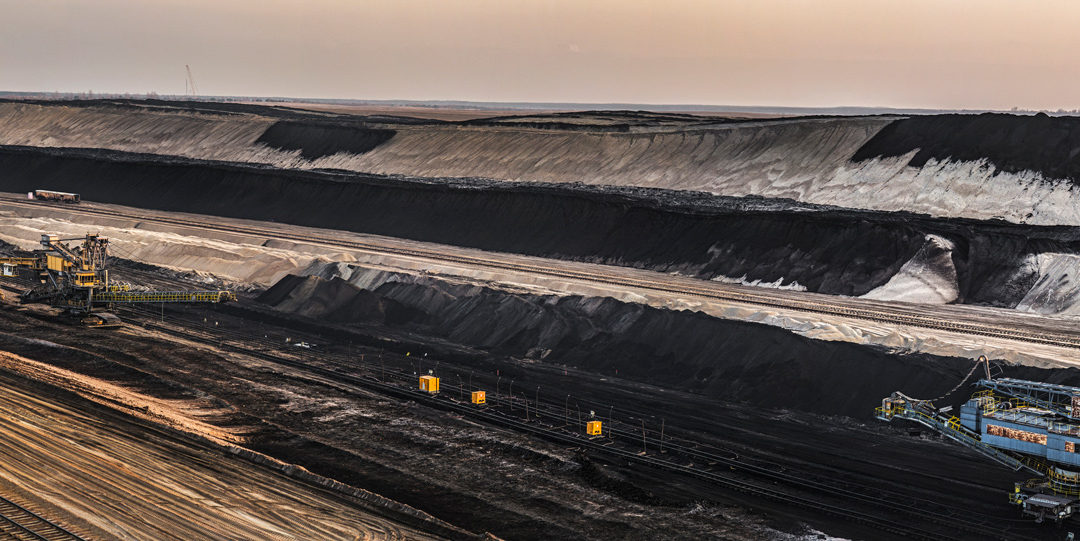
Transforming mine safety through WiFi 6 and ELTE
How high speed and low latency can enhance mine safety in the future
Employing around 454 861 people and contributing R R360.9 billion to the South African gross domestic product (GDP) during 2019 (according to the Minerals Council of South Africa) the mining sector continues to play a critical role within the South African economy. However, it remains subject to several key forces and the on-going challenges of safety, cost control and modernisation.
While new equipment and processes have contributed significantly to improving the safety and efficiency of mines by using semi-autonomous equipment and remote monitoring of several services, it is time to modernise how mines work to improve safety and cost control. Smart mines will need smart communication.
Self-driving vehicles are already a common sight at many mines where they ensure efficient haulage at almost all hours of the day, every day of the year, but reliable and secure communication with them is crucial to monitor and manage the mine and prevent accidents.
Various industries, as well as mining companies that want to benefit from autonomous technologies, now use enhanced LTE which offers speeds fast enough for real-time information and location sharing. The big iron ore mining companies are using 4G LTE private or enterprise networks with less contention, allowing for faster speeds, than the ‘public’ network or APNs for autonomous haulage and drilling.
Mines need reliable and secure communication with lower latency allowing for finer and more immediate control, which will certainly improve, for example, the reaction speed of automated heavy machinery and therefore safety.
Mine sites have always battled with on-site connectivity because its operations are hundreds of metres underground and often stretch over kilometres. We have already seen the dramatic transformation better connectivity has brought to some industries and mining is one of them. Known as a labour-intensive industry, mining has joined the Fourth Industrial Revolution.
A good example is the smart mine, China Molybdenum. Miners flocked to see an exhibition of a remote-control platform for excavators with live stream onsite excavation of the only 5G smart mine in operation at the Mobile World Congress in Shanghai recently. In this mine, 30 5G-enabled autonomous mining vehicles, with a monthly capacity of 500,000 tons, do all the work.
One of the main reasons to employ high speed M2M is that it makes intelligent mines more efficient and safer. Mines are often located in remote areas with little network coverage and dedicated networks have to be built, which may well be M2M networks. With most mining machinery constantly on the move, a mobile network can also keep tabs on where they are. Fibre is not an answer, as it gets damaged during blasting.
Smart mines using high speed M2M can improve their operations with cloud computing, HD image backhaul on mobile devices, intelligent scheduling systems for autonomous driving and wireless transmission of vast numbers of HD images. Before trucks needed on-board industrial computers, but with M2M, the rapid response is again a game changer which can be the difference between running someone over or avoiding him and crashing.
The low latency offered by enhanced LTE is also crucial to the application of autonomous driving technology in mining to ensure traffic and operation safety. With theoretical latency of connectivity reduced to under 30 ms, operators can control autonomous driving vehicles without noticing any lag, which in turn ensures traffic and operational safety. Long-range remote control has now become a reality and increased the speed of autonomous mining trucks from 10 to 35 km/h to improve transportation efficiency.
The BCX Solution
BCX stays on top of all trends in the various industries we serve and on spotting the trend towards 5G.
In the realm of open cast mining, we have the potential to assist clients with solutions to reduce the time between survey and start of mining. Monitoring of input/output and delivery can also be reduced from days to hours with automated solutions.
The journey to 5G and WiFi6 solutioning is around the corner and it is being led by BCX.










